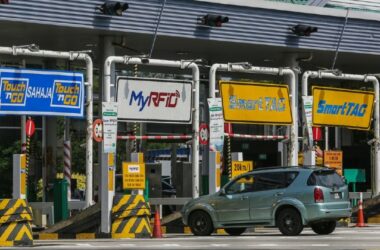In the digital age, where cloud computing and artificial intelligence (AI) are reshaping industries, Malaysia is swiftly becoming a pivotal player in the data centre landscape of Southeast Asia and beyond.
The nation has seen an influx of investments, with tech behemoths like Google, Nvidia, and Microsoft pouring billions of Ringgit into its burgeoning data centre market.
The pandemic’s acceleration of digital transformation has spiked demand for cloud services in nascent markets like Malaysia. The increased online activities, such as video streaming and data storage, have demanded that companies build more data centres.
Johor Bahru, a city located in Johor has emerged as the epicentre of this growth. James Murphy, APAC managing director at DC Byte, notes that Johor Bahru’s data centre market is set to eclipse Singapore’s, growing from virtually nothing to the largest in Southeast Asia within just a few years, according to CNBC.
The city boasts 1.6 gigawatts of data centre supply, encompassing operational facilities and those under construction or planning. The report says that if all goes according to plan, Malaysia will trail only behind giants like Japan and India in terms of data centre capacity.
AI’s insatiable appetite for data and computational power necessitates specialised data centres. While established markets like Japan will host many AI facilities, Murphy believes emerging markets with their cost-effective energy and land—like Malaysia—offer compelling advantages over constrained city-states such as Hong Kong and Singapore.
However, this growth does not come without a cost.
Water and power resources could be an issue
Data centres use high amount of electricity and consume tonnes of water—up to 100 megawatts of power and 4.16 million litres of water per day—raises concerns about the strain on local utilities and the environment.
The location and construction of data centres have significant environmental implications. While smaller data centres might occupy around 100,000 square feet, larger ones could span several million square feet.
Such extensive land clearing can lead to the loss of biodiversity and other far-reaching unintended consequences.
To ensure sustainable growth, Johor’s investment committee requires new data centre operators to commit to green energy and efficient resource use. Projects failing to meet these sustainability criteria may not receive approval.










